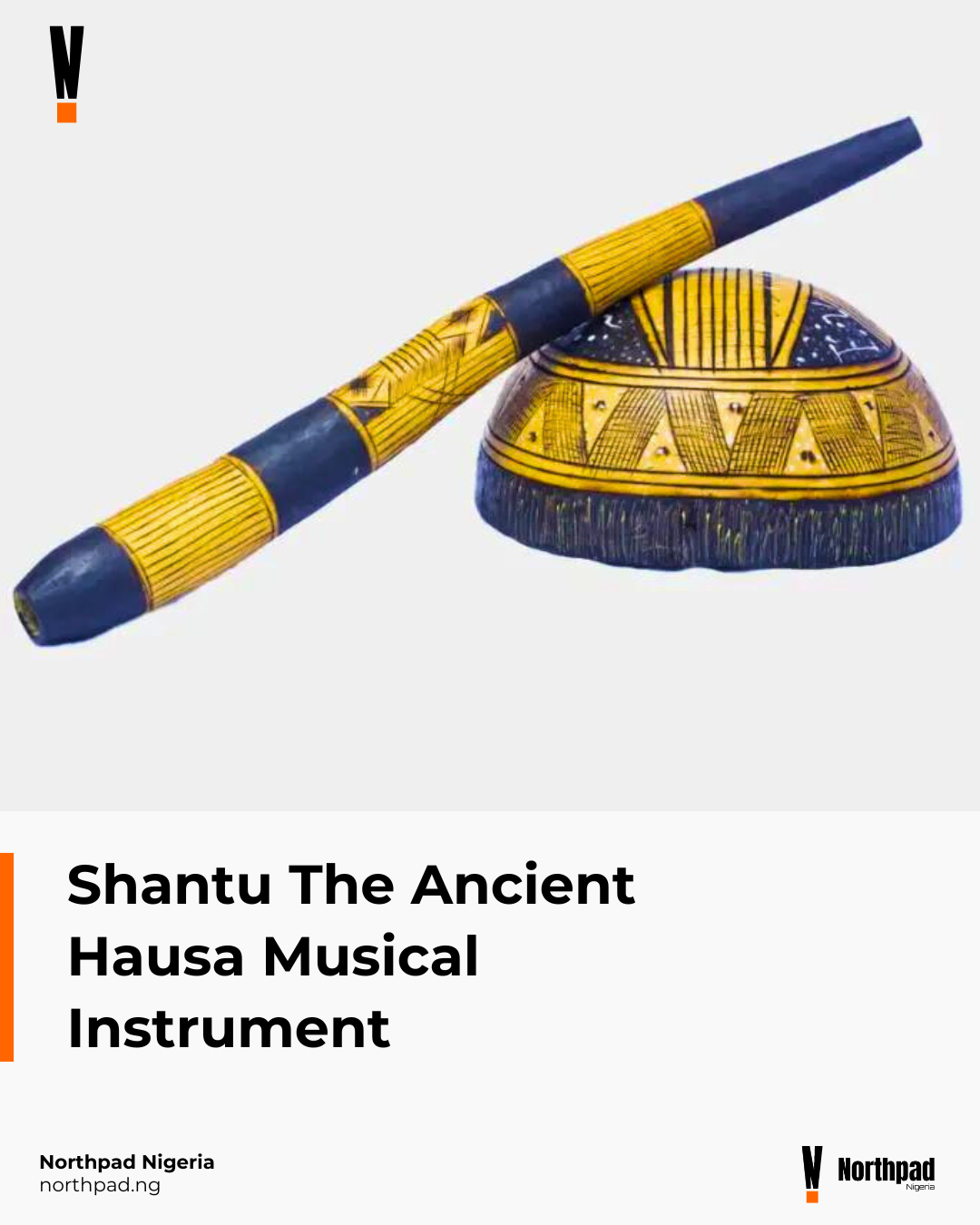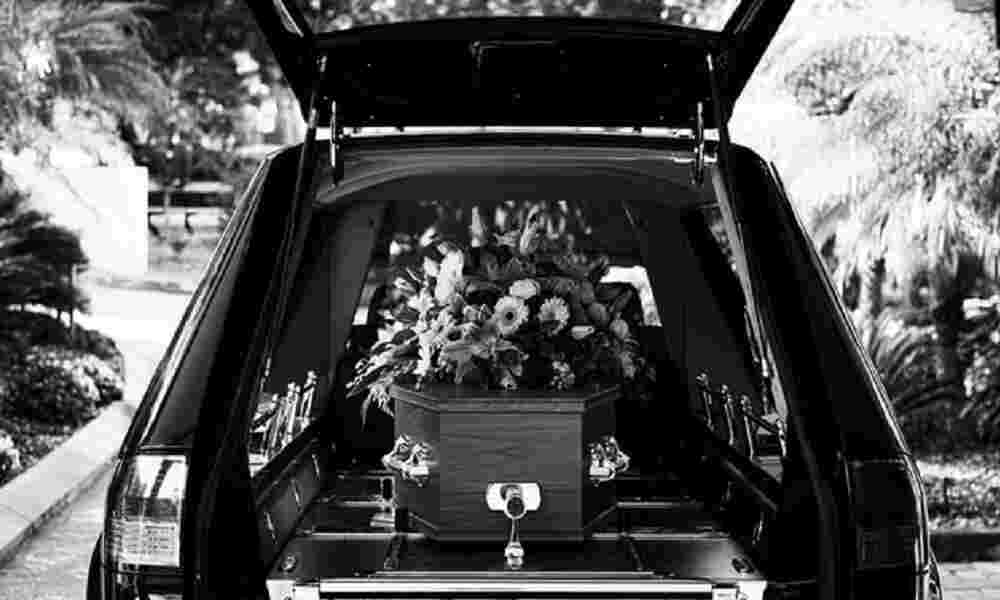Eid Kabir, also known as “Eid ul-Adha” or “Eid Qurban”, is the most important festival among the three grand festivals celebrated by Muslims worldwide annually, including in northern Nigeria. The other two are “Eid Fitr” and “Eid Maulud.”
Eid Kabir is also celebrated to mark the ending of “Hajj”, the pious pilgrimage to the city of Makkah, and observed on the very last day of the religious journey. The festival is celebrated on the tenth day of ‘Dhul Hijjah’, which is the twelfth and last month of the Islamic lunar calendar; the date shifts approximately eleven days earlier each year in the Gregorian calendar. This celebration of Eid Kabir goes on extending up to the thirteenth day of Dhul Hijjah.
Origin/History and Significance of Eid Kabir to Muslims
Eid Kabir, also known also as Eid Qurban or Eid ul-Adha, both meaning “Festival of the Sacrifice”, traces its origin from the story of Prophet Ibrahim according to the Quran.
Prophet Ibrahim had made prayer and promised to God to sacrifice a child of his own if God blessed him with children. After being granted his wish by God, the oath Prophet Ibrahim made visited him in his dreams where he dreamt he was slaughtering his firstborn son named Ismail. He then informed Ismail about the dream, who insisted that his father fulfill God’s command.
Ibrahim then took Ismail to ‘Mount Moriah’ where he intended to carry out his intentions. The devil (Shaytan) however, did not like the decision Ibrahim had made to obey God. So he tried persuading him not to.
But the prophet did not listen, with the help of ‘Angel Jibreel’, he threw pebbles at Shaytan in order to drive him away from the scene. After he succeeded and Shaytan was gone, Ibrahim proceeded further to carry out his intended act. However, God in his infinite mercy looked upon the dutiful heart of Ibrahim and sent Angel Jibreel a ‘ram’ in order to give to Ibrahim to replace Ismail for the intended sacrifice. Hence, Ismail was saved.
Eid Kabir since then has been celebrated annually by Muslims across the world to commemorate the willingness of Ibrahim to sacrifice his son in obedience to God’s command and fulfillment of his promise. Each year, Muslims on the tenth day of Dhul Hijjah sacrificed rams to celebrate this festival. In its absence, sacrificed cows, goats, and camels are used.
Eid Kabir Activities in Northern Nigeria
Festivals are a time to play songs people know and are looking forward to hearing.
Here in northern Nigeria, Eid Kabir also known as ‘Babban Sallah’ or ‘Sallan Layya’ is celebrated by Muslims before and during the festival in so many ways. The whole atmosphere turns into a cheerful and festive mood where northerners engage in the following:
1. Beautification of Self
Starting from a week to Eid Kabir, the complete and thorough beautification of the body is common among northern Nigerian Muslims.
As observed, practices among women include grooming of toes and fingernails, styling and braiding of hair, and “Lalle”. Boys/men similarly engage in grooming of nails and barbing of hair.
Both parties busy themselves purchasing fabrics and handing them to tailors to make beautiful outfits for them to wear throughout the festive period.
Markets become full while orders are made online, and everyone is in feverish excitement to buy clothes and accessories to adorn himself/herself with in order to look their best on the occasion.
2. Purchasing of Sacrificial Rams/Animals
As earlier said, Eid Kabir is a time when Muslims everywhere are striving to purchase rams or other animals which they are to use for sacrifice, starting mostly from a fortnight to it. Although the sacrifice itself is not made until the marked day, this purchasing; mandated for those who can afford it, is mostly done beforehand as rams then are generally cheaper.
This means that the earlier you buy them, the cheaper they will be. Men can be seen everywhere buying and transporting rams in preparation for the big day.
3. Attending Communal Prayer (Eid Prayer)
Young and old, male and female, are seen on the morning of Eid Kabir in large and countless congregations making their journey noisily and vibrantly in new attires to attend communal prayer/Eid prayer nearest to them.
This Eid prayer, also known as ‘Salat al-Eid’, is a special morning prayer after sunrise, offered to commemorate two Islamic festivals. The first is offered on Eid Fitr while the second is offered on Eid Kabir. Although this prayer is not exactly mandatory, it is highly recommended for Muslims considering the huge reward associated with it.
Traditionally, Eid prayers are offered in large congregations in open fields separating the women from the men. Two ‘Raka’ats’ are prayed. Eid Kabir prayer unlike Eid Fitr is offered in an earlier and more hastened manner as the slaughtering of rams at home comes immediately after the prayers.
Common religious practices of Muslims on Eid day in relation to this prayer include:
- Taking of ritual bath before going to the mosque.
- Wearing one’s new or best outfit.
- Going on foot to the prayer ground using different routes for the journey to and fro.
- Eating only upon returning from Eid prayers.
4. Slaughtering of Rams and Sharing of Meat (Layyah)
Eid Kabir is all about sacrificing an outlined animal and giving out parts of it for charity. Without this, the festival is meaningless. As such, the most important moment everyone is waiting for comes right after the offering of Eid prayers on the first day of Eid Kabir; which is why in Egypt, they refer to it as the ‘Meat Festival’.
After the sacrificial animal is slaughtered, men can be seen engaging themselves in butchering the animal. Right after, women in the households take over, preparing the meat in various ways through frying and making of ‘Dambu’ and other recipes for eid.
Families will normally engage the services of ‘Mahauta’ to butcher the animal. But before that, the person to offer the sacrifice; who is financially able, sound man, and reached the age of puberty, will slit the animal’s throat after offering some words of prayers.
The skin of the slaughtered animal is then given in charity to mosques. Whereas the meat of the animal is divided into three parts and shared in charity among the needy, neighbors, and the owner’s immediate family.
5. Cooking and Sharing Food and Snacks in Large Quantities
Of course, no festival is complete without the attestation of the stomach. A wedding or naming ceremony, it is grand. But for Eid Kabir, it is even grander.
Northern women are marvelous when it comes to preparing food. During the first and second day of Eid, they can be seen setting up firewood or otherwise under the wide-open sky; where they chat, joke, and laugh while preparing Rice, ‘Tuwo’, ‘Waina’, ‘Sinasir’, or any other food or snack of their choice.
Food and drinks prepared are served to anyone visiting on the Eid period or sent to family and friends elsewhere. Also, this food is distributed to neighbors, typically by children of the house, who are more than happy to attend this errand in order to receive the customary ‘Goron Sallah’, one of the biggest highlights of Eid for them.
6. Visiting Family and Friends (Yawon Sallah)
Festivals are happy places and you don’t really want to enjoy them on your own.
If you are not visiting anyone on the day of Eid, be sure to expect visitors streaming in casually at all times. Why? Because Eid is a period where neighbor’s relatives, friends, and colleagues casually drop in to check on one another and share in the celebration and also give or receive “Goron Sallah”.
In northern Nigeria, celebrating Eid Kabir alone is unheard of. These visits happen mostly in the next three days after Eid and can continue up to a week.
7. Attending Cultural Parade (Hawan Bariki and Hawan Daushe)
The greatness of a culture can be found in its festivals
Siddarth Katradagga
Among the Hausa people, ‘Hawa’ meaning ‘Mounting’, is what makes Eid special in Northern Nigeria. It also distinguishes it from other Eid celebrations across the country and world. This is a cultural event where colorfully dressed horsemen mounted on colorfully decorated horses, match across streets while being cheered on by a large crowd of Muslims dressed in beautiful attire.
Hawan Bariki and Hawan Daushe are examples of this parade observed on the second and third days of Eid Kabir respectively, each one having its cultural importance. These two types of Hawan Sallah are popular in northern Nigerian states including Kaduna, Kano, and Katsina.
They have been passed on from generation to generation and are held in very high esteem by the northerners that even members of the royal households including the king partake in this parade. The king waves and smiles at the people as he progresses slowly on his richly dressed horse and is escorted by palace members.
This rich tradition has made it annually possible for people to be linked up or reunited on the streets as they witness this parade, Also, it is a chance for the king to have close contact with his residing subjects and share in their celebration. In addition to that, every year, it keeps the tradition of the Hausa people alive.
8. Going on Family Outings or Organized Events
If you are a restaurant, bakery, ice cream, or any food/confectionary or event center owner, then it is the time of year for you to smile. Be sure to step up your game because family/friends’ outings, funfairs, school reunions, and other social events are all there to patronize you during Eid celebrations.
Here in northern Nigeria, families can be seen swarming in eateries to have good quality time. Because Eid Kabir is a public holiday period, social events such as kid funfairs and adult school reunions among others are a part of activities planned beforehand and enjoyed during Eid.
9. Watching Religious Shows/ Pilgrims’ Activities
Apart from sermons, T.V shows, “The Message” which is displayed annually during Eid Kabir is popular among Muslims in northern Nigeria, it is an epic historical drama chronicling the life and times of the Messenger of God. This is shown every year to serve as a lesson to all and a reminder to those already familiar with it.
In addition, since Eid Kabir also marks the end of the Muslim annual pilgrimage in Makkah, their activities are displayed also on T.V. It has become part of Eid celebrations for Muslims in northern Nigeria to sit down and watch these shows.
10. Taking of Pictures/Internet Saga
Click! Smartphone cameras have replaced the traditional way of visiting photo studios to take photos during Eid. Although some people still maintain this tradition, most people prefer to conveniently take pictures with their phones at every step of their Eid celebration. This they keep for memories or to share with their family and friends.
In this 21st century, the internet, especially social media platforms like WhatsApp, Twitter Instagram, and Snapchat, has become very busy with people uploading and sharing experiences of themselves and others. Women especially busy themselves with sharing photos of their hennas. All in a jolly mood to keep the spirit of Eid alive days on after the celebration has ended.
This internet saga enables people separated by a large distance and unable to visit one another to continually share in each other’s celebrations.
Conclusion
Looking back at these activities carried out by Muslims in northern Nigeria to celebrate Eid Kabir, one automatically feels like dropping by to personally share in the joyous mood and experiences of this period; which is a time of sharing and caring.
Visit Northern Nigeria, share in the hospitality of the Eid period, and tell us your own experiences of celebrating Eid Kabir in northern Nigeria.






![Moderate Kayan Lefe List and Cost for Intending Hausa Couples [Updated]](https://northpad.ng/wp-content/uploads/2024/06/Update-Moderate-Kayan-Lefe-List-and-Cost-for-Intending-Hausa-Couples.png)



0 Comments